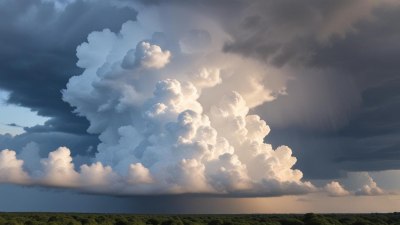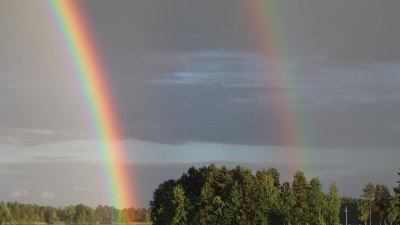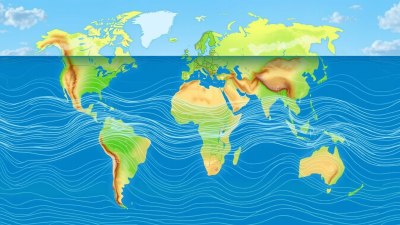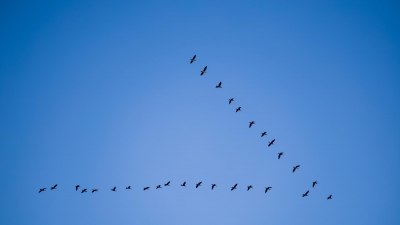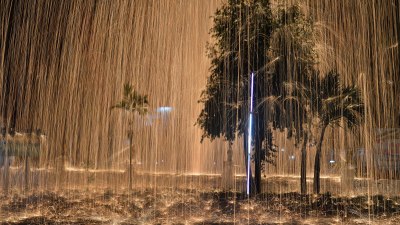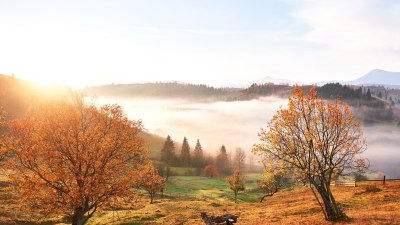How Nature Uses Light and Air to Pull Off Optical Illusions
Explore the fascinating ways nature employs light and air to create stunning optical illusions in the environment.
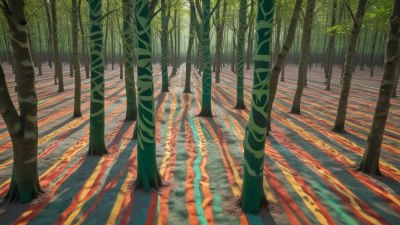
This image was created with the assistance of Freepik
Nature is an extraordinary magician, continuously crafting optical illusions to bewilder creatures big and small. From the shimmering refraction of light in water to the intricate play of shadows beneath a canopy of leaves, the natural world is rife with visual tricks. These illusions not only capture our imagination but also serve essential functions in survival and adaptation. In this article, we delve into the methods by which nature manipulates light and air to create remarkable optical effects.
The Science of Light
Light, a form of electromagnetic radiation, travels in waves and interacts with matter in fascinating ways. The colors we perceive are the result of wavelengths within the visible spectrum. However, light doesn't just reveal colors; it also behaves differently when it either passes through various media or reflects off surfaces. Understanding how light interacts with different elements helps us recognize how nature crafts its illusions.
Refraction: Bending Reality
Refraction occurs when light travels from one medium to another, causing it to change speed and direction. This phenomenon can create breathtaking visual effects. For example, when light passes through the surface of water, it bends, making objects underwater appear distorted. This principle is evident in the iconic images of fish swimming beneath the water’s surface, where their shapes seem altered due to the light's bending.
Mirages: Nature's Trickery
Mirages are fascinating optical phenomena that occur primarily in deserts or hot roadways. As the sun heats the ground, the air close to the surface warms up and becomes less dense, while cooler air remains above. This temperature gradient leads to light bending towards cooler areas, creating the illusion of water or pools on the horizon. This captivating sight confronts travelers, demonstrating how light can warp our perceptions of distance and reality.
Atmospheric Optical Illusions
The atmosphere is filled with particles and water droplets that refract, reflect, and scatter light, resulting in stunning optical displays. One illustrious example is the rainbow, formed by light refracting in water droplets, bending into various colors due to different wavelengths. Similarly, halos and sundogs occur when sunlight interacts with ice crystals in the atmosphere, creating rings and bright spots around the sun. These phenomena captivate observers by altering perceptions of the sky.
Phantom Colors: The Role of Contrast
Another way nature creates optical illusions involves the principle of contrast. Our brains interpret colors based on their surroundings, often leading to illusions like the famous ‘dress’ incident, where individuals could not agree on the color of a dress. Similarly, nature can manipulate colors through contrast. For instance, some butterfly and bird species showcase vibrant colors that seem to change depending on the angle of light and the backdrop, tricking the eye and mesmerizing onlookers.
The Importance of Shadows
Shadows play a crucial role in how we perceive depth and space. The interplay between light and shadow can create illusions of three-dimensionality. For example, in forested areas, dappled sunlight filtering through leaves creates shifting patterns on the ground, challenging our perception of terrain. Shadows can also obscure objects, tricking the eye into missing essential details, which predators often exploit when hunting prey.
Bioluminescence: Nature's Light Show
Some living organisms can produce their light through bioluminescence. Fireflies, deep-sea creatures, and certain fungi exhibit intricate light displays, using these illusions for mating or attracting prey. The mesmerizing glow creates illusions in the context of their habitats, making the darkness seem alive. Bioluminescent signals can lead to complex interactions within ecosystems, illustrating the diverse ways light manipulation occurs in nature.
Optical Camouflage: Nature's Disguise Artists
Many species have evolved optical camouflage to blend seamlessly into their surroundings. The octopus, for example, can change its skin color and texture, adapting to different environments proficiently. This blending creates an optical illusion that can bewilder predators or prey alike. Similarly, chameleons possess color-changing abilities that serve not only in camouflage but also in communication. These adaptations showcase the imaginative ways light and color can deceive the eye.
Glacial Ice: A Dazzling Illusion
When light interacts with glacial ice, it creates stunning visual effects including blues and greens. Glaciers can appear to glow with ethereal colors as sunlight penetrates the dense ice and reflects off air bubbles within. This optical illusion enables onlookers to perceive glaciers as living entities, adding to the environment's enchantment. The delicate balance of light and air within ice formations highlights how texture can influence perception.
Flowers and Their Color Play
Flowers use optical tricks to attract pollinators. The colors we see in blooms often result from the manipulation of light through pigments and unique structures. Some flower species display colors that change depending on the light angle, leading to variations that entice various pollinators. Additionally, the presence of ultraviolet markings, invisible to the naked eye but detectable by insects, guides pollinators toward the nectar-rich parts of the flower.
Nature's Dance of Light and Air
Wind can also create optical illusions through its interaction with light and particles. Dust and water droplets lifted by the wind can scatter sunlight, creating shafts of light or halos when the conditions are just right. This phenomenon can be observed during sunset when the sky transforms with vibrant colors reflected by the dust in the atmosphere. This interplay enhances the visual experience, inviting reflection on nature's beauty.
The Magic of Natural Illusions
Nature's ability to employ light and air in crafting optical illusions serves various functions, from survival to mating rituals. These illusions captivate our senses and reveal the profound complexity of the natural world. By studying these phenomena, we gain insights into the intricate relationships between the environment, perception, and the organisms that inhabit it. In our quest to understand these illusions, we come to appreciate the artistry of nature and its capacity to inspire wonder.

